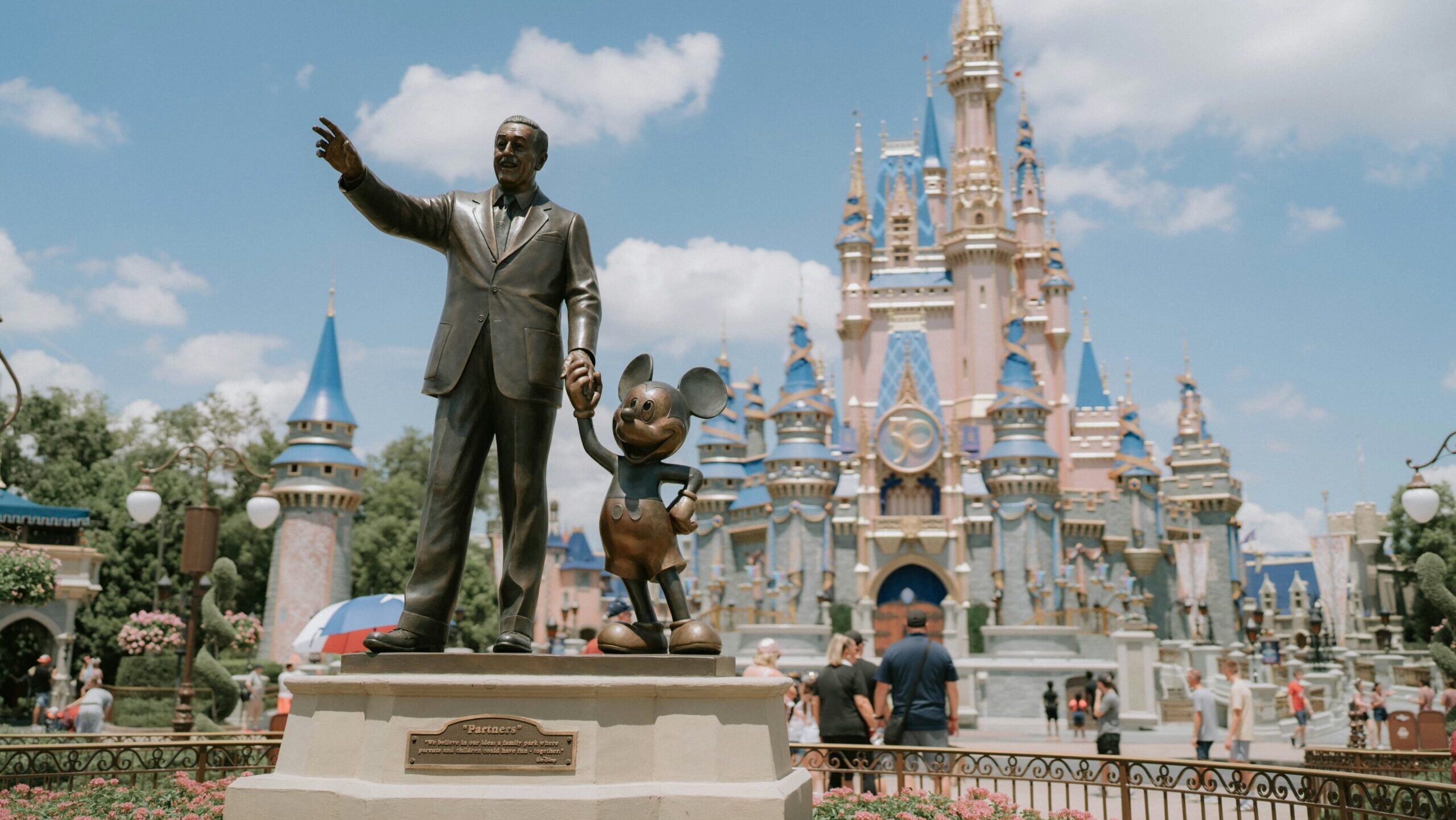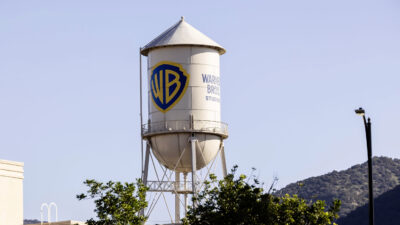Disney Growth Shows Americans Willing to Splurge Despite Gloomy Economic Signals
Revenue from theme parks in the US rose 10% to $6.4 billion, with passenger cruises and resort stays registering higher turnout.

Sign up for smart news, insights, and analysis on the biggest financial stories of the day.
The subpar performance of Disney’s Snow White remake at the box office earlier this year left plenty to be grumpy about, namely the tens of millions in sunken costs on a big-screen dud.
After reporting its latest quarterly earnings on Wednesday, the entertainment giant can head into the second half of the year feeling happy, to borrow the name of another of Snow White’s companions, thanks in part to the success of its small-screen spectacles.
All Eyes on the Screen
With a foot in theme parks, hospitality, movies, television and streaming, the Bob Iger-led House of Mouse is something of a bellwether for consumer confidence. That means Wednesday’s report proved especially meaningful with recent consumer surveys and labor market reports showing signs of softening. Disney’s revenue grew 2% to $23.6 billion, just below Wall Street analysts’ estimates, while a 16% increase in earnings per share to $1.61 far exceeded expectations.
Moreover, the entertainment giant’s customers proved especially resilient. Disney Experiences, the business segment that oversees theme parks, resorts and cruises, increased revenues 8% year-over-year to $9 billion. Revenue from theme parks in the US rose 10% to $6.4 billion. Passenger cruises and resort stays also registered higher turnout. Amid all the economic uncertainty, one thing is certain: People are still going to Disneyland. The Disneyland Railroad at the Anaheim, California, amusement park, meanwhile, isn’t the only thing picking up steam. Disney Entertainment, the division responsible for producing films and shows for screens big and small, offered transformational promise:
- Revenue at the entertainment segment as a whole, including traditional television networks, online streaming and theatrically released films, rose 1% year-over-year to $10.7 billion. The sore spot in the unit was traditional TV, which saw revenue fall 15% to $2.3 billion — that’s in line with industry-wide cord-cutting trends, but still helped drag the unit’s profit down 15%.
- The bright spot was the streaming business, which continued to rise in place of traditional TV, with direct-to-consumer streaming revenue up 6% to $6.2 billion. Crucially, the streaming segment posted a $346 million profit after a loss in the same period last year. Disney+ added 1.8 million subscribers to reach 128 million, while Hulu added close to a million to reach 55.5 million (the two services will be merged next year, Disney confirmed Wednesday).
An Extra Point: All eyes were on those streaming businesses as Disney confirmed weeks of reports that its sports network, ESPN, agreed to give a 10% equity stake to the National Football League in exchange for control of several of the league’s key media assets. ESPN plans to debut its standalone streaming service this fall, and with the deal, it gains access to more content from the most popular sports league in America. Meanwhile, Disney hiked its streaming profit forecast for the fiscal year to $1.3 billion and expects the profit at its Experiences division to rise 8%. That’s a lot of Space Mountain-induced nausea coming.











